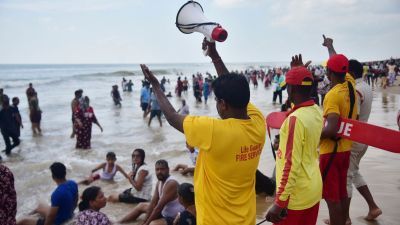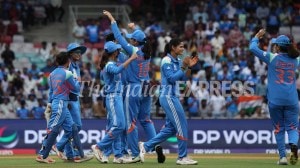Govt plans subsidy on select routes to boost tier II traffic
The government is planning to provide a flat subsidy per seat for a specified number of seats on a select routes. The incentivised route would be put up for competitive bidding.
In a first, the civil aviation ministry is looking at giving an upfront subsidy to airlines so that the cost of air travel on certain routes is brought within the reach of the common man. Airfares on metro routes, however, are set to get steeper as this subsidy — to be offered on a pre-determined number of seats on certain identified routes to underserved and unserved tourist destinations, places on the religious circuit and those with potential for small scale business travel— will be funded through a levy on air tickets in high-volume traffic generating sectors.
As per the blue-print finalised by the ministry and part of the draft civil aviation policy, the government is planning to provide a flat subsidy per seat for a specified number of seats on a select routes. The incentivised route would be put up for competitive bidding and the operator who quotes the lowest subsidy would be awarded the right to avail of the viability gap funding (VGF) support in the sector.
The fee would be deposited in a fund under the ministry and the money disbursed by an official appointed to monitor the programme.
A senior government official said, “Where would middle class flyers come from, obviously tier II & III towns. To incentivise the operator to connect these places, we will offer VGF. It will help control fares without any direct regulation on our part and enable the common man to fly at least once every year.”
The official explained, for instance, if Rs 1,000 is determined as subsidy per seats for 50 seats to the Somnath Temple in Gujarat, service providers can bid for the subsidy they would require to launch services on the route.
The operator quoting Rs 1,200 would then be awarded the right to avail of the VGF support over the one who quotes Rs 1500.
“The bidding system would help insulate us from any lapses which may surface on account of awarding subsidy on the basis of cost of operations of the operator. The government will not be affected adversely if the operator inflates the cost of operations as we will have nothing to do with it. They would have to pass on the benefits to consumers because if they price their tickets too high people won’t fly”, added another official. Air fares will not be capped, viability gap will be realised by subsidising each seat by a specified amount (say Rs 500-1000). Airlines would be allowed to determine the charges for whatever they can sell.
To induct more aircraft for offering air transport services on regional and remote routes, the ministry is also in the process of amending civil aviation requirements (CAR) to remove the distinction between scheduled and non-scheduled operators (NSOPs).
“The process is on to revise the CAR. “Once the distinctions between scheduled and non-scheduled operators are removed a large number of aircraft with NSOPs used for charters can be brought to productive utilisation,” informed the first official.
The operating environment in India is challenging. High taxes on ATF have made its price in India among the highest in the world. “In most states except Delhi and Mumbai, the VAT collected on ATF as a proportion of overall VAT collection range between 0.2-0.3 per cent. We are in discussion with states to rationalise it …,” said the second official.






- 01
- 02
- 03
- 04
- 05

























